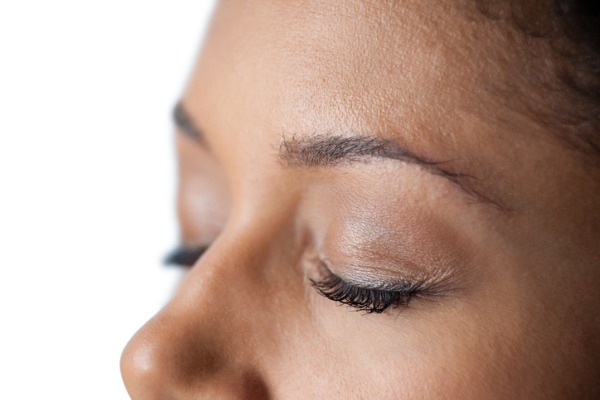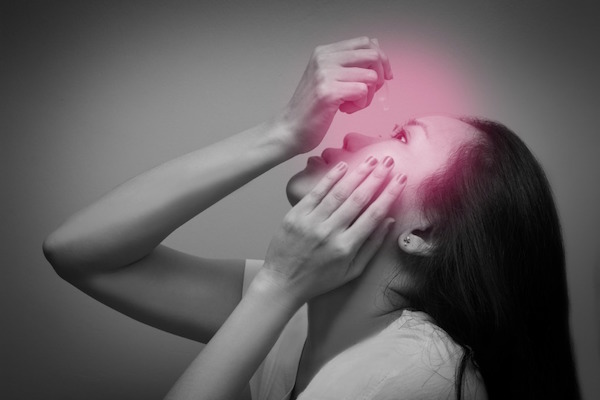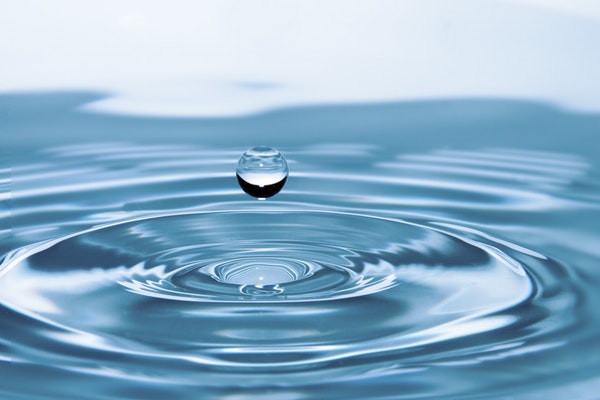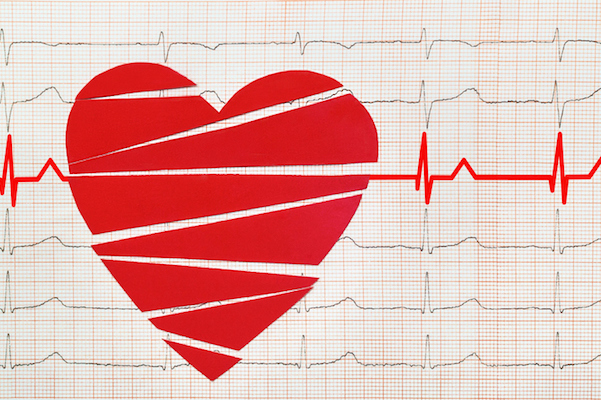
Avoiding Eyelid Infections (Styes) by Reducing Blepharitis
Patients who consistently suffer from eyelid infections are relieved to find out that pain can be minimized
Outside of the eye care world, the term blepharitis doesn’t get much use. Let’s face it, it’s a long/funny word. And you’ve probably never even heard of it. However, you should be aware of blepharitis (inflammation of eyelid margins) because untreated it can lead to a hordeolum (fancy name for stye). If you’ve experienced a stye firsthand, chances are your experience wasn’t pleasant. If you’ve never had a stye before, consider yourself lucky.
The onset of a stye can be unexpected, annoying, and painful, all at the same time. According to the American Optometric Association (AOA), a stye (infected oil gland of the eyelid) “is an inflammation of the eyelid which results in itching, redness, and irritation… It’s main cause is either bacteria or a skin condition such as acne rosacea. Although uncomfortable, they generally do not cause any permanent damage to eyesight.”
In a nutshell, styes are more of a nuisance than a threatening condition. But they SHOULD NOT be underestimated. If you find yourself with a stye, treatment should begin right away, or it’ll linger. If left untreated, it may form a “nodule” on the eyelid, which can really hurt and take longer to heal.
Personal Experience:
Eyelid infections are one of the most common emergencies I encounter (as an eye care provider). Instances typically increase as the seasons change, but can happen any time of the year. I notice some changes during allergy season as well. This is likely due to increased hand to eye contact.
When an infection strikes, it can be cosmetically unappealing for sufferers and quite a handful to deal with. However, they’re usually not too self-limiting (depending on your tolerance for pain). Several patients choose to function as normal throughout the healing process. Although it feels like something’s in their eye, and they just can’t remove it.
Throughout the years, I’ve met several patients who deal with recurring infections. Many are content to suffer through the pain, even when styes occur back to back (or one after the other). Most are told there’s nothing they can do, but this doesn’t have to be the case. An aggressive approach can cut down healing time substantially.
Dealing with Eyelid Infections:
The following ideas can be implemented to reduce eyelid infections:
- DO NOT Touch or Rub Your Eyes – I especially take this advice seriously. With all the places I go on a daily basis, it’s best for me to keep my hands away from my eyes.
- Apply a Warm Compress – This helps to liquefy oil glands and prevent clogging and infection.
- Gentle Lid Scrubs – Do this with a clean wash cloth or over the counter eyelid wipes. You can also try pure hypochlorus acid solution (such as Avenova) applied to a cotton tipped swab or round. Use it to clean the upper and lower eyelid margins on a daily basis. This gentle exfoliation helps to remove debris and build up.
- Increase Omega-3 Intake – Ideally with a supplement at about 2000mg per day. Food sources include: wild caught salmon, walnuts, flax seeds and chia seeds.
- Get Your Makeup Ready – If it’s business as usual while battling through your infection, your makeup (and grit) will come in handy. However, try to use hypoallergenic makeup products to reduce chances of allergic dermatitis. Also, once the infection heals, be sure to buy new makeup to prevent reinfection from contaminated makeup.
In Conclusion:
If a stye sets in, this is worse case scenario and you should see your eye doctor immediately. When treated early, there’s less chance of a chalazion (non-tender bump) forming behind it. If a chalazion develops, additional treatment may be required including possible excision (cutting out) of the bump. On the bright side, early treatment can prevent a more complicated situation from developing.
If you’re a patient who’s prone to eyelid infections, DO NOT lose hope. I know these situations can by trying, but the pain won’t last forever. If you try to implement some of the above recommendations, you should see a drastic improvement.
Cleaning your eyelids will help to prevent acute infections and long-term damage to the ocular surface. Dry eye disease can also be prevented by maintaining healthy eyelid margins. Just like you brush your teeth to prevent gum disease and cavities, clean eyelids promote proper eye health and help deter complications in the future.







